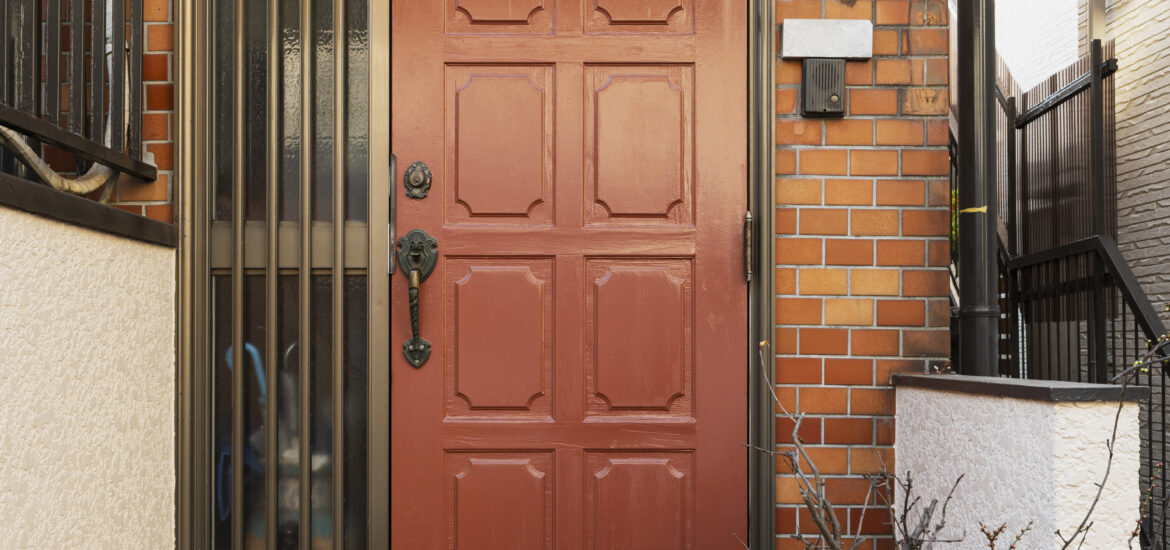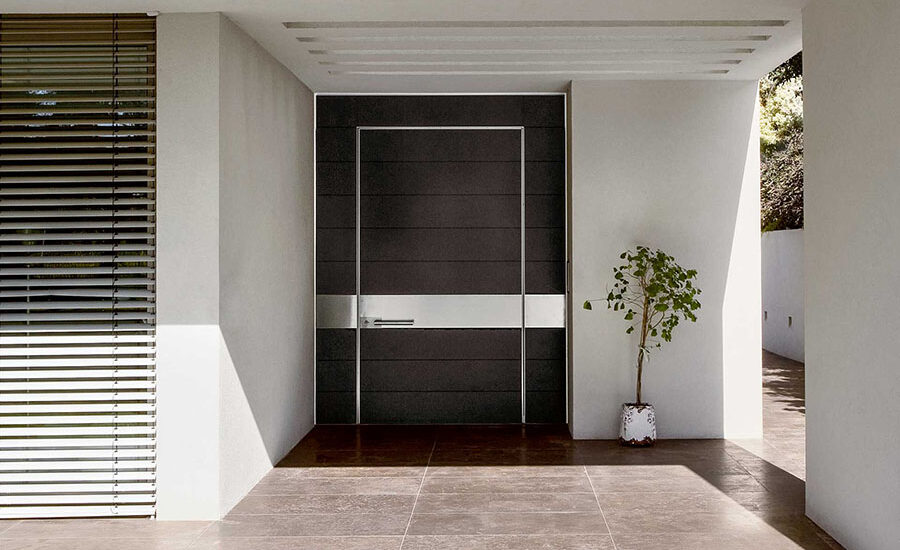The front door of a farmhouse is more than just an entry point; it’s a statement of style, a reflection of the home’s character, and a welcoming invitation to guests. Farmhouse front doors are known for their rustic charm, timeless appeal, and versatility in complementing various architectural styles. From classic wooden doors to modern interpretations with glass accents, farmhouse front door styles offer a range of options to enhance curb appeal and create a warm, inviting atmosphere. In this comprehensive guide, we’ll explore the top farmhouse front door styles, highlighting their features, design elements, and aesthetic appeal.
Classic Wooden Front Doors
Traditional Dutch Door: A staple of farmhouse design, the Dutch door features a divided design that allows the top and bottom halves to open independently. This style adds charm and functionality, allowing for ventilation while maintaining privacy and security. Dutch doors are often crafted from solid wood, showcasing natural grains and textures that enhance the farmhouse aesthetic.
Paneled Wood Doors: Paneled front doors exude a timeless elegance and showcase the craftsmanship of solid wood construction. These doors feature raised or recessed panels that add depth and dimension to the entryway. Classic panel configurations include six-panel, four-panel, and arched designs, offering versatility to complement different farmhouse architectural styles.
Barn-Style Sliding Doors: Inspired by traditional barn doors, sliding front doors make a bold statement in farmhouse design. These doors typically feature rustic wood textures, metal hardware accents, and a sliding mechanism that adds a touch of rustic charm to the entryway. Barn-style sliding doors are ideal for larger openings and can be customized with various finishes and distressing techniques.
Modern Farmhouse Front Doors
Contemporary Glass and Wood Combinations: Modern farmhouse design often incorporates elements of glass to create a seamless blend of traditional and contemporary styles. Front doors with glass panels or sidelights allow natural light to enter the foyer while maintaining a connection to the outdoors. Combining wood with glass accents adds visual interest and a modern touch to the farmhouse aesthetic.
Steel Frame Doors: Industrial-inspired steel frame doors are gaining popularity in modern farmhouse architecture. These doors feature slim steel frames with glass inserts, creating a sleek and minimalist look. Steel frame doors offer durability, energy efficiency, and a striking visual contrast that complements both traditional and contemporary farmhouse designs.
Fiberglass Composite Doors: For homeowners seeking low-maintenance options with the look of real wood, fiberglass composite doors are an excellent choice. These doors mimic the texture and appearance of wood grain while offering superior durability, insulation, and resistance to warping or rotting. Fiberglass composite doors come in various finishes and can be customized to suit farmhouse design preferences.
Rustic and Distressed Front Doors
Weathered Wood Doors: Embracing the beauty of imperfections, weathered wood front doors exude rustic charm and character. These doors are often made from reclaimed or distressed wood, showcasing natural knots, cracks, and patina that tell a story of age and authenticity. Weathered wood doors are perfect for farmhouse-style homes seeking a lived-in, cozy ambiance.
Antique and Salvaged Doors: Adding a touch of history and nostalgia, antique or salvaged doors bring unique character to farmhouse entrances. These doors may feature ornate carvings, vintage hardware, and a patinated finish that evokes a sense of timeless elegance. Incorporating antique doors into farmhouse design creates a sense of heritage and individuality.
Handcrafted Carved Doors: Artisanal craftsmanship shines through handcrafted carved doors, showcasing intricate designs, motifs, or custom detailing. These doors are often made to order, allowing homeowners to personalize their front entrance with unique embellishments that reflect their style preferences. Handcrafted carved doors add an element of craftsmanship and artistry to farmhouse exteriors.
Key Considerations for Choosing a Farmhouse Front Door
Architectural Compatibility: Consider the architectural style of your farmhouse when selecting a front door. Choose a door style that complements the overall aesthetic, whether it’s traditional, modern, rustic, or a blend of styles.
Material Quality: Opt for high-quality materials such as solid wood, fiberglass composite, or steel for durability, weather resistance, and energy efficiency. Ensure that the door material and finish align with your maintenance preferences and climate conditions.
Design Elements: Pay attention to design details such as panel configurations, glass inserts, hardware finishes, and color choices. These elements contribute to the overall look and feel of the front door and can enhance curb appeal significantly.
Functionality: Consider the functional aspects of the front door, including security features, insulation properties, soundproofing, and ease of operation. Choose a door style that meets your practical needs while enhancing the aesthetic appeal of your farmhouse.
Personal Style: Ultimately, let your personal style and preferences guide your decision. Whether you prefer a classic wooden door, a modern glass and steel design, or a rustic weathered finish, choose a front door that reflects your taste and complements the overall design vision of your farmhouse.
Farmhouse front doors play a pivotal role in creating a welcoming and visually striking entrance that sets the tone for the entire home. Whether you prefer the timeless elegance of classic wooden doors, the modern flair of glass and steel combinations, or the rustic charm of weathered finishes, there are numerous front door styles to suit farmhouse architecture and design preferences. By considering key factors such as architectural compatibility, material quality, design elements, functionality, and personal style, homeowners can choose a front door that enhances curb appeal, adds character, and welcomes guests with warmth and charm.





